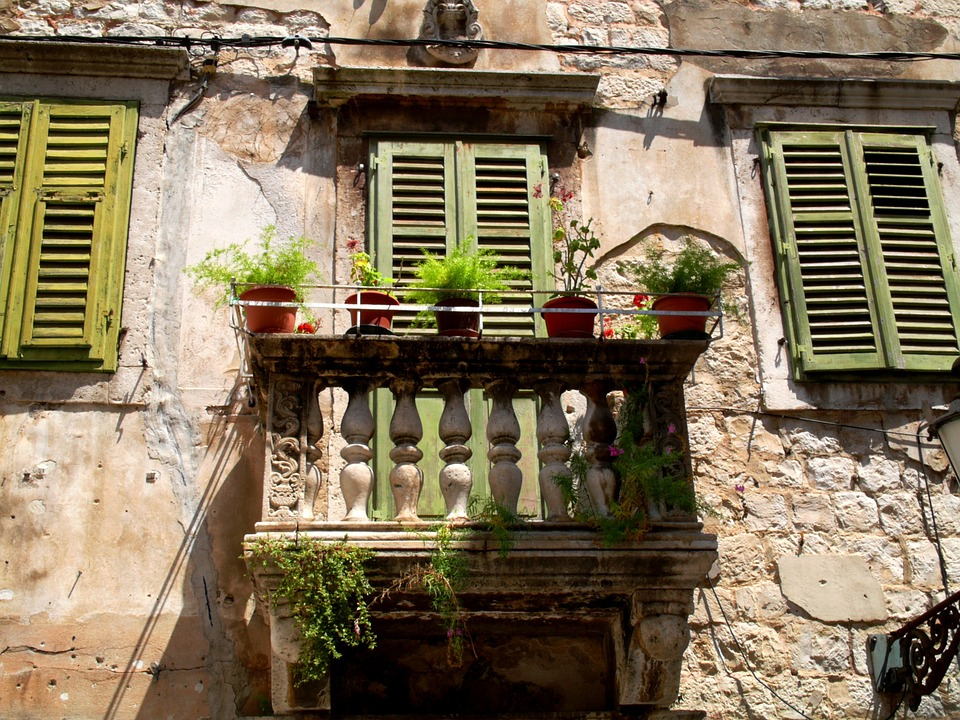As Poslovni Dnevnik/Jadranka Dozan writes, among the many economic indicators that signal a solid pace of economic recovery, the most recent picture is provided by the weekly updates of fiscalisation data.
The latest data from the Tax Administration claims that last week, the value of receipts issued across all activities within the fiscalisation system stood at 19 percent higher than in the same week last year, two percent behind the comparable week of pre-pandemic 2019.
The latest figures clearly reflect the approach of the peak tourist season. Namely, in the week of the transition from June to July this year, 54 percent more receipts were reported in the tourism and hospitality industry than were reported last year. As such, when it comes to these activities, 804 million kuna of weekly turnover was reported through fiscalisation, but compared to pre-crisis 2019, that figure is still 15 percent less.
In order to get a better picture of the impact of the pandemic, the Tax Administration also offers comparisons of fiscalised turnover for the period since last year’s outbreak in Croatia.
They point out that from the end of February to the end of last week, the total fiscalised turnover was 22 percent or 12 billion kuna higher than it was back during the same period last year, and two percent lower than the year before.
However, while in trade the pre-trial traffic was exceeded by four percent, in tourism and catering, the value of receipts issued in the observed more than four months is still lower by about 40 percent.
What do things look like in terms of the recovery of fiscalised turnover when we look more closely at individual activities at the level of the first half of the year?
For example, in the first six months of 2021, 1.74 billion kuna in cash turnover was recorded by the Croatian private accommodation sector (which, in addition to payments with banknotes, includes cards, cheques, etc) which is 700 million kuna more than last year, but quite far from 3.32 billion kuna from the first half of 2019. Cafes and restaurants issued invoices worth 3.75 billion kuna in the first half of the year, which has not yet caught up with 2020’s realisation with slightly less than 4 billion kuna in fiscalised turnover, and the gap in relation to the semi-annual turnover from pre-pandemic 2019 stands at more than 2.9 billion kuna in total.
Among the activities that are still well behind the pre-crisis levels of activity is the category of Arts, Entertainment and Recreation, in which, after last year’s 250 million kuna, the value of issued receipts recovered a litte, reaching 313 million kuna, but it is still 38 percent less than the 502 million kuna recorded in the comparable period of the last pre-crisis year of 2019.
The same applies to activities in the category of Transport and storage. After the growing cycle in 2019 resulted in more than 1.3 billion kuna in annual fiscalised turnover, last year, enterprises from these activities reported less than 770 million kuna, and the beginning of recovery this year was reflected in an increase in the value of invoices issued to 843 million kuna. Entrepreneurial niches related to tourism and travel generally fared worse than others, which shouldn’t come as a particular surprise to most.
According to the NCEA, a part of these enterprises is classified in Administrative and support service activities in which fiscalised turnover is still more than half lower than in the pre-pandemic area. In the first half of the year, they reported less than 290 million kuna, or slightly less than last year’s 300 kuna, while the year before, 884 million kuna in turnover was fiscalised in these activities.
For more, make sure to follow our dedicated business section.








